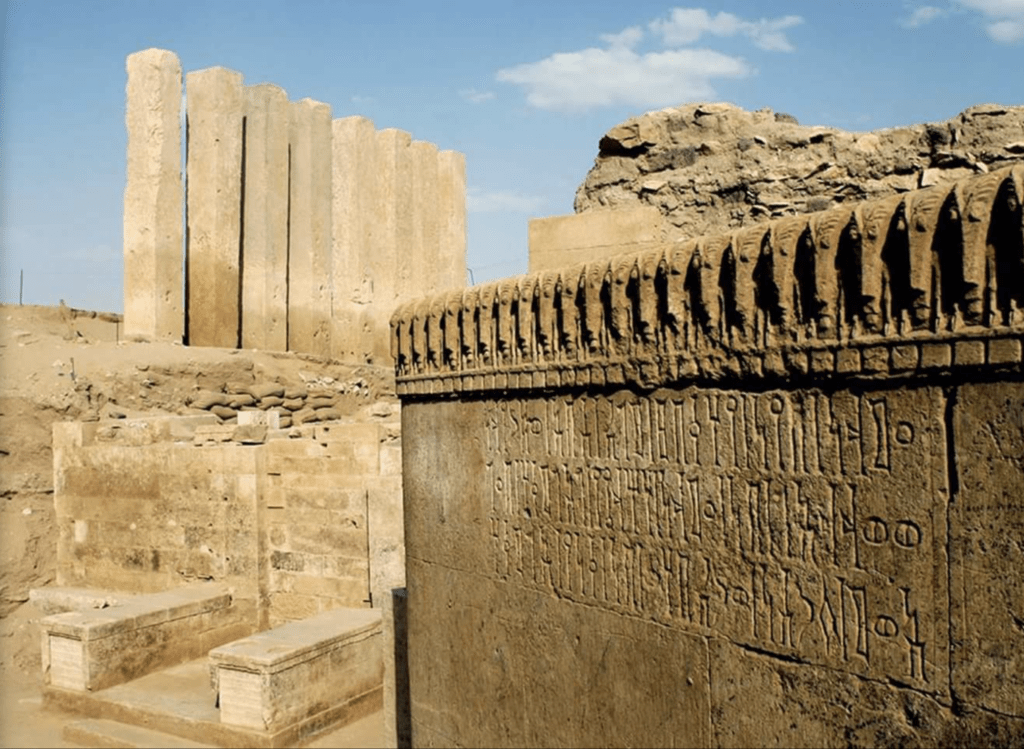(c)2021 Kinderen van Jemen – alle rechten voorbehouden aan de auteur | Websiteontwerp door Ingrid van de Linde – in samenwerking met Mediator Media
NEWS / BLOG
CHILDREN OF YEMEN
summer 2022
Children’s drawings from refugee camp in Marib, see the page:

Children’s drawings from MA’RIB
It was hot this summer in the army tent in Aardenburg (see the report of the Biënnale Aardenburg #KFA22, in the link). It was even hotter in the Marib tent camps that had been set up since the war broke out in Yemen (8 years ago).
It was also confronting when I received a series of children’s drawings from the refugee camp, which currently houses 200,000 Yemenis and immigrants.
A small stone building has been erected in the Marib camp where lessons can be given, but most children are taught outside.
The children in the camp were asked to draw their dreams, and almost every child drew a house…

I look at the photos of remains of the old temples in Marib (Ma’rib) (North Yemen) and try to imagine what life must have been like in the past. Caravans of dromedaries laden with resin of frankincense and myrrh (the gold of Arabia at the time) passed this beloved stopping place where the famous Maribdam irrigated the land.
Temples where wise women made predictions, a society where women arranged their own accounts and designed their own houses and tombs.
The children from the camp have placed their drawing sheets in the desert sand, drawing their dreams with the utmost care and concentration. Underneath the sand lie the oil and gas deposits; a treasure trove of wealth for those who may appropriate it in the future.

Above pictures of some of the children who are able to work inside a small improvised school room.
The children’s drawings project in Marib was made possible, thanks in part to Yemeni contacts (Ali Al-Ganad) in the Netherlands and Malaysia.
The drawings are on the website childrenofyemen.org at the page The Art of Children and will be followed up in a school project here in The Netherlands).
Special thanks to Hesham Ameen.

Above pictures of some of the children who are able to work inside a small improvised school room.
Millions of Yemenis still face one of the world’s worst humanitarian crises, and more than half of the population faces acute food insecurity. Before the war, revenues from oil production made up 70 to 75 percent of the Yemeni government’s revenue and about 90 percent of its exports. But oil production almost completely came to a standstill in 2015, when war broke out between government forces and the Houthis, who have mainly occupied the northern provinces.